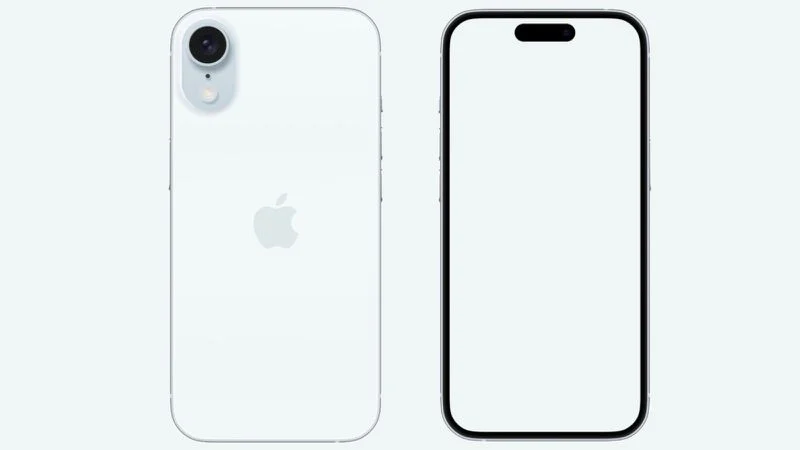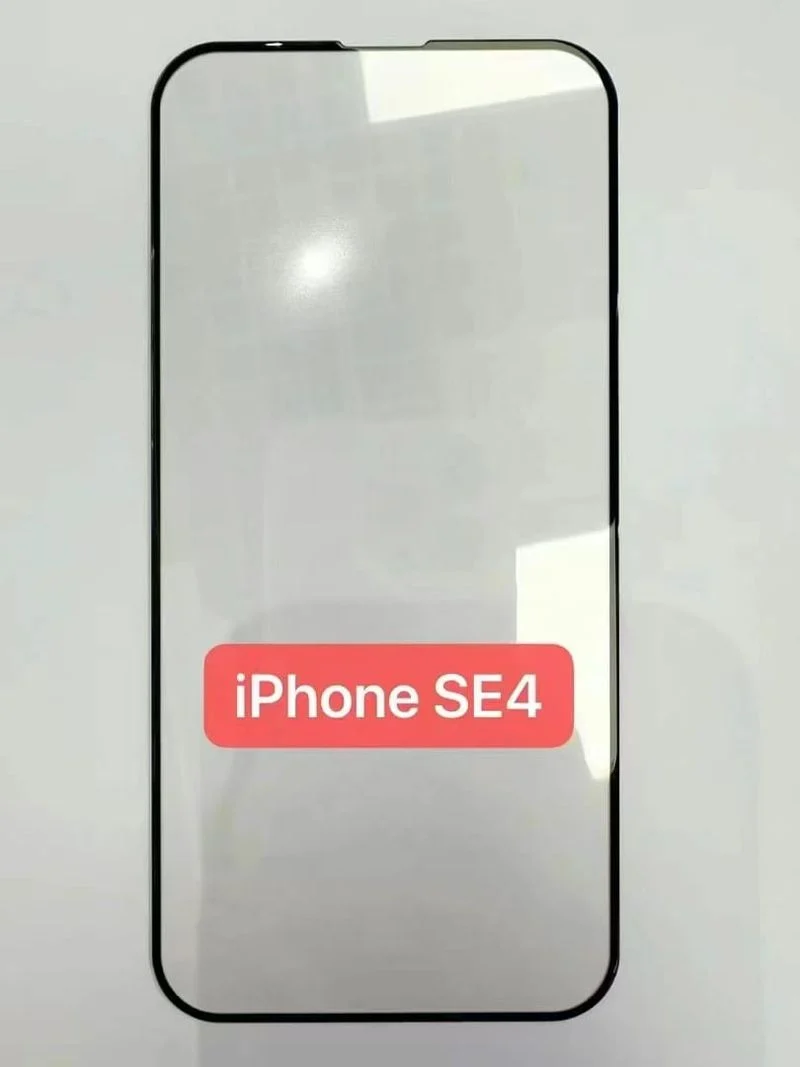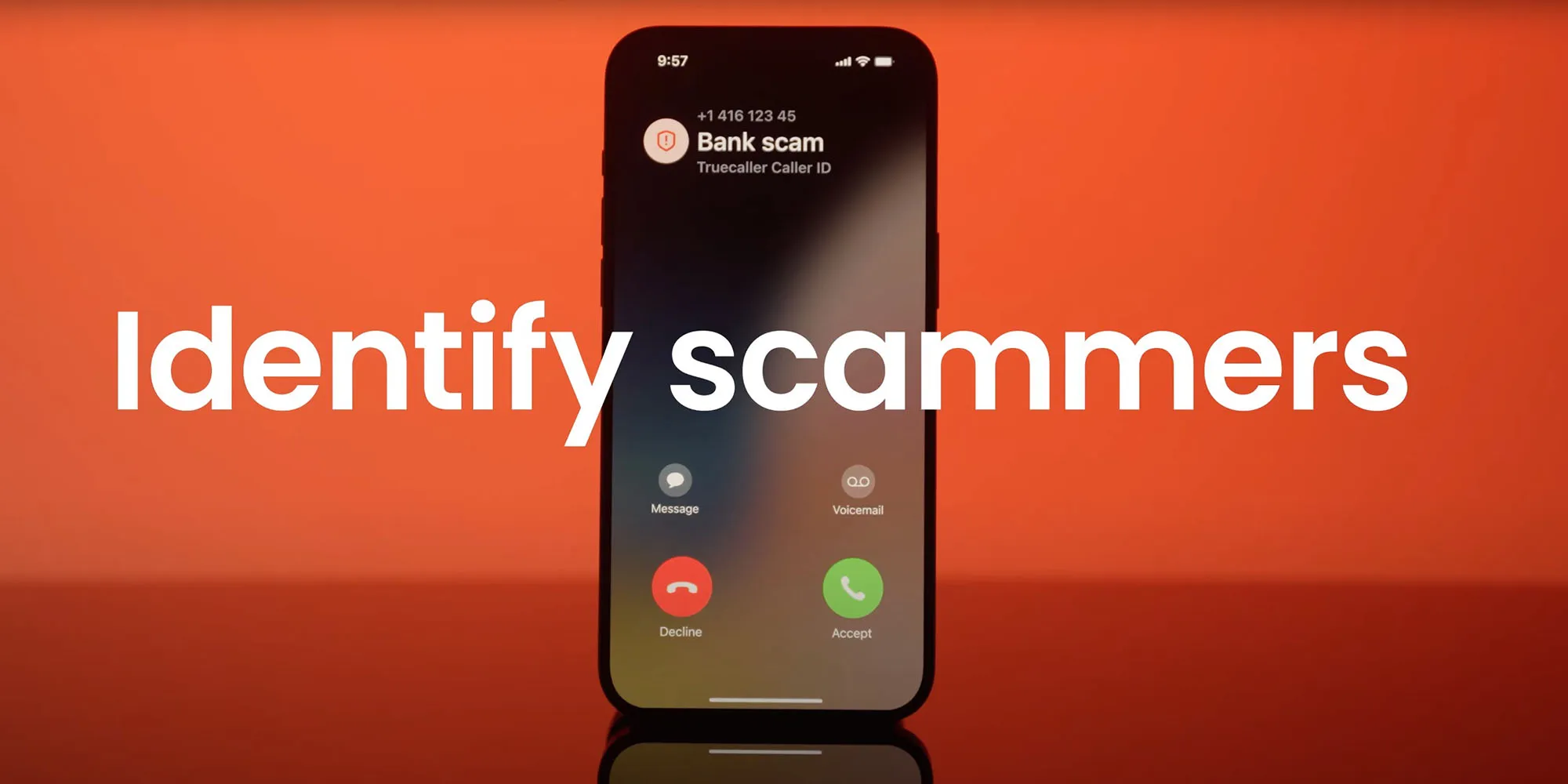For years, Apple has catered to a segment of its fanbase with the iPhone SE – a device offering a taste of the Apple ecosystem at a more accessible price point. Now, subtle hints are emerging, suggesting a new iteration is on the horizon, potentially bringing significant upgrades. The rumor mill is churning, and the signs point towards a potential spring release.
One of the most compelling pieces of evidence comes from observations of current iPhone SE stock levels. Reports indicate a noticeable decline in inventory at numerous Apple Store locations across the United States. This dwindling supply, often a precursor to a new product launch, has fueled speculation about an imminent unveiling. While the current SE model remains available for purchase online, the reduced physical presence suggests Apple is clearing the way for its successor.
This isn’t merely conjecture. Industry analysts, known for their insights into Apple’s supply chain and product roadmap, have weighed in. Notably, Ming-Chi Kuo, a respected analyst with a track record of accurate Apple predictions, has suggested a release timeframe around the first quarter of 2025. This aligns with the historical release patterns of previous SE models, which typically debuted in the spring months of March or April.
So, what can we expect from this rumored new iPhone SE? The whispers suggest a significant departure from the current model’s design, which is based on the older iPhone 8. Instead of clinging to the past, the new SE is rumored to embrace a more modern aesthetic, potentially mirroring the design language of the standard iPhone 14. This would represent a considerable leap forward in terms of appearance.
Beyond aesthetics, the rumored specifications paint a picture of a much more powerful and feature-rich device. Perhaps the most significant change would be the adoption of a larger 6.1-inch OLED display. This would provide a vastly improved viewing experience compared to the current SE’s smaller LCD screen. Along with the new display, the familiar and beloved home button with Touch ID is expected to be replaced by Face ID, Apple’s facial recognition system, bringing the SE in line with other contemporary iPhones.
Connectivity is also expected to receive an upgrade. The inclusion of a USB-C port, a change already implemented in the latest iPhone 15 models, is anticipated for the new SE. This would standardize charging and data transfer across Apple’s product lines.
Camera technology is another area where the new SE is rumored to shine. A single, but powerful, 48-megapixel rear camera is expected, promising improved image quality and low-light performance. This would be a substantial upgrade from the current model’s camera system.
Under the hood, the new SE is expected to pack a more recent A-series chip, ensuring smooth performance and support for the latest iOS features. There is also talk of a significant RAM increase to 8GB, which could be tied to enhanced support for Apple’s growing suite of AI-powered features.
Finally, a particularly interesting rumor suggests the inclusion of Apple’s first in-house designed 5G modem. This would mark a significant step in Apple’s push for greater vertical integration and control over its hardware components.
The current iPhone SE starts at a relatively affordable price point. However, given the anticipated upgrades and the general trend of rising component costs, a slight price increase for the new model seems likely. Even with a potential price adjustment, the new SE is expected to remain a compelling option for budget-conscious consumers seeking a modern iPhone experience.
In conclusion, the signs are pointing towards a significant refresh of the iPhone SE. From dwindling inventory to analyst predictions and detailed spec rumors, the pieces of the puzzle are beginning to fall into place. If the rumors hold, the next SE will represent a major upgrade, bringing a modern design, enhanced performance, and advanced features to a more accessible price point. The anticipation is building, and the tech world awaits the official unveiling.






